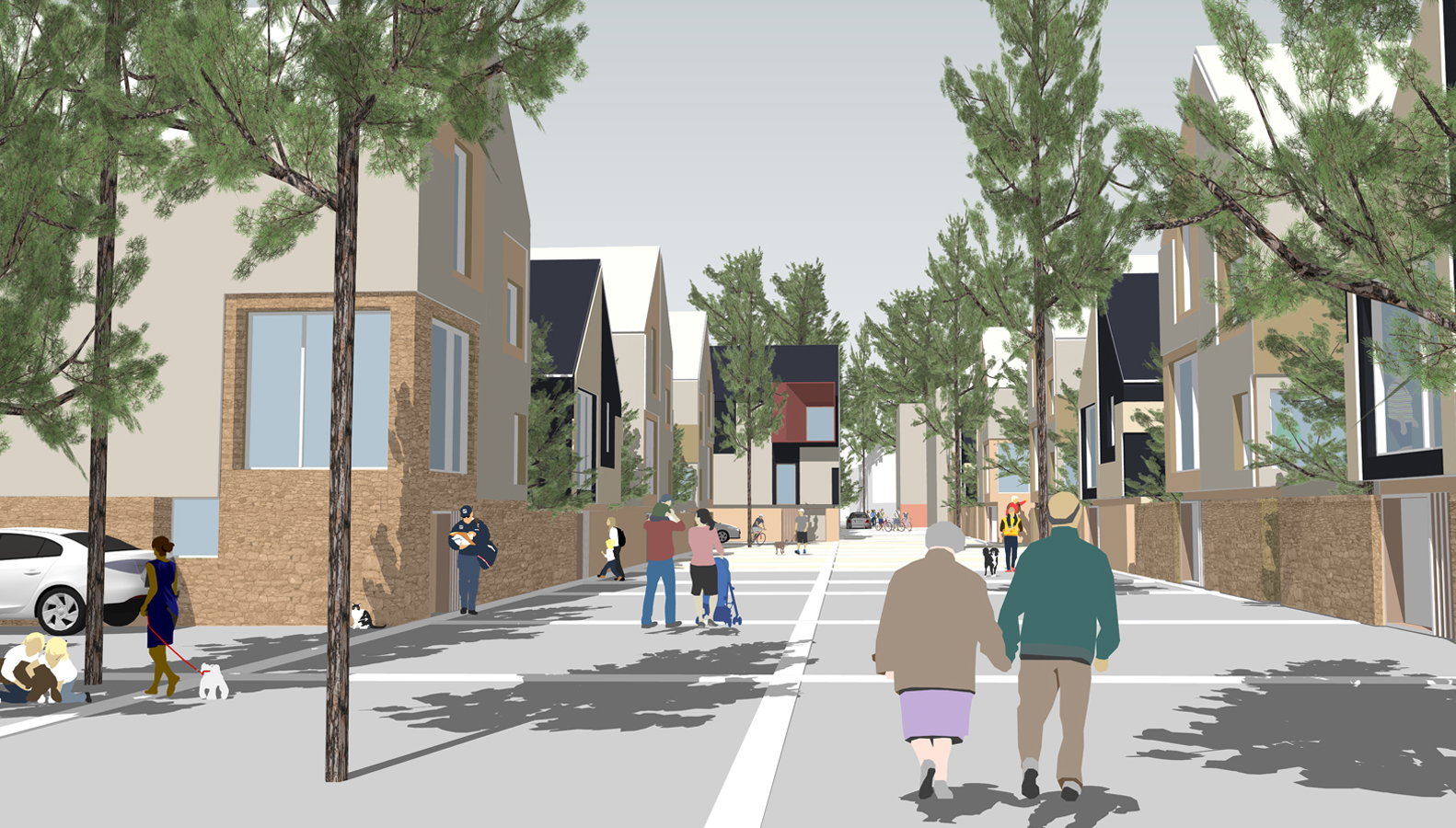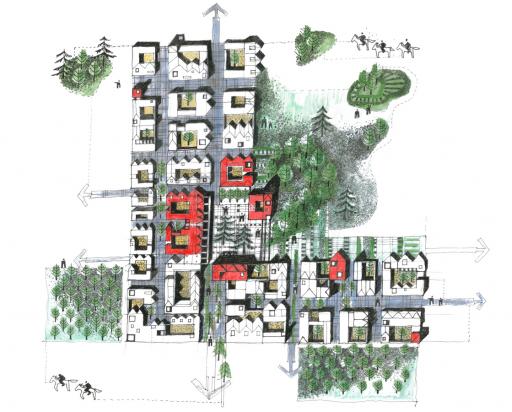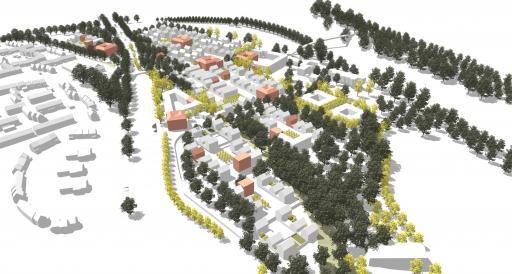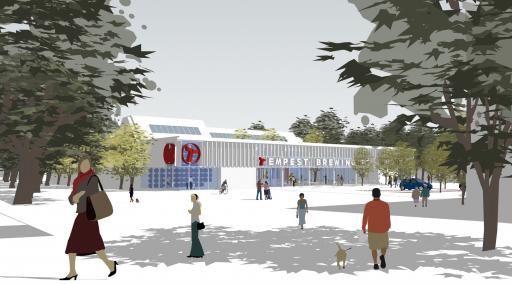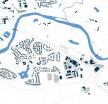The masterplan for the expansion of Tweedbank and the historic Lowood estates in the Scottish Borders has been highly commended at the AJ Architecture Awards. The awards celebrate and design excellence in UK architecture across a range of key categories.
In addition to the design quality, the judges considered other aspects – such as how the project has met or exceeded the brief and how it has excelled in the use of space or sense of place. The judges said "This is an outstanding and thoroughly worked-through scheme which does something beautiful for a beautiful site."
Prepared for the Scottish Borders Council and the Borders Railway Blueprint - the proposals explore the potential expansion to the existing settlement (generated by the opening of the new Borders Railway) and include a new public space at the termination of the Borders Railway, homes, workspace and community facilities.
The masterplan exploits the natural topography of the site as a key part of the design strategy - stitching together the old and new parts of Tweedbank. It seeks to preserve the sensitive historic and natural setting through the retention of existing landscape where possible, the introduction of new trees and an appropriate vehicular and pedestrian network of routes which anticipates future change.
A ‘landscape armature’ – or ‘Tweedbank High Line’ - previously formed as part of the ancient river bed topography, acts as the key pedestrian/cycle route connecting the existing Lowood bridge business pavilions, station square, proposed residential woodland clusters, the existing Tweedbank Crafts Centre and the existing Tweedbank Community Centre.
The housing is configured as a series of medium density hamlets (reflecting the clustered form of the distinctive 1970’s Tweedbank neighbourhood). These are camouflaged within the footprint of existing commercial tree plantations and hidden from view by the existing plantation shelterbelts of deciduous trees. Historic precedents of bastle houses, sheilings, stells and even the distinctive orthogonal warp and weft of local Estate tweed fabrics provide inspiration for the form and identity of the new housing.
